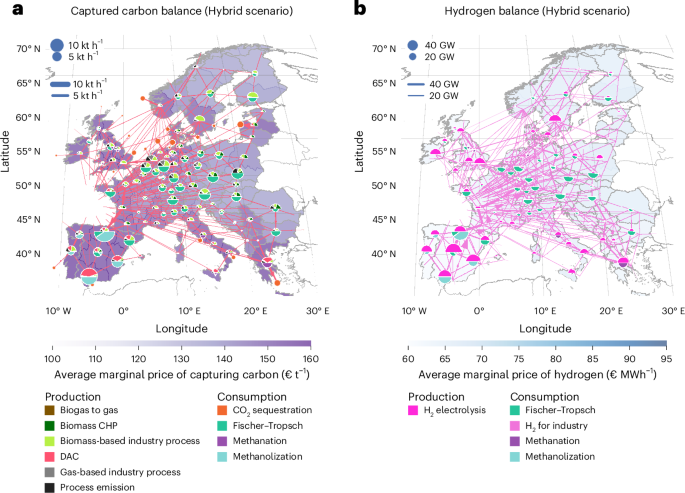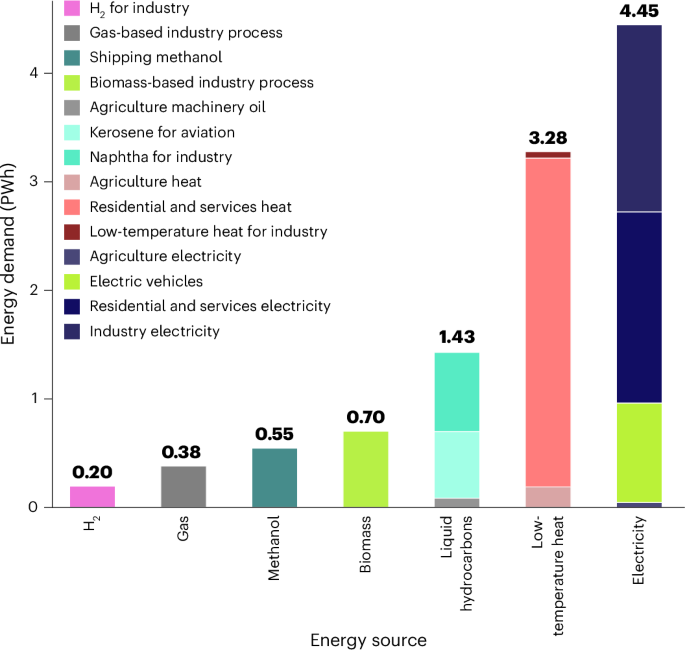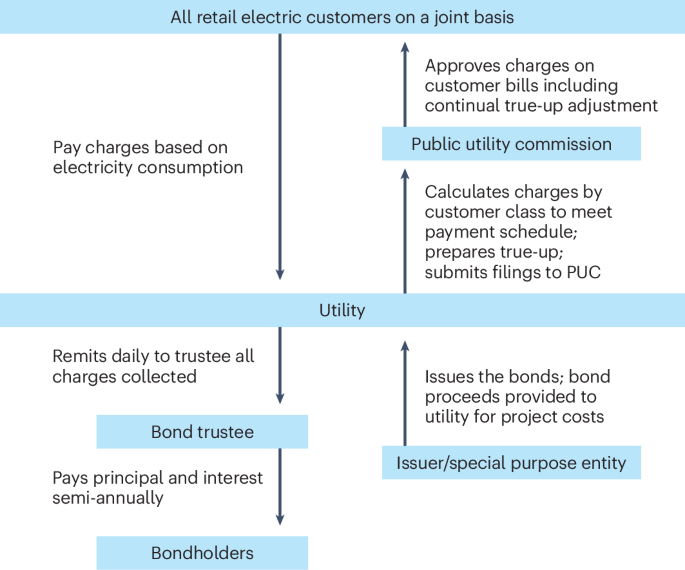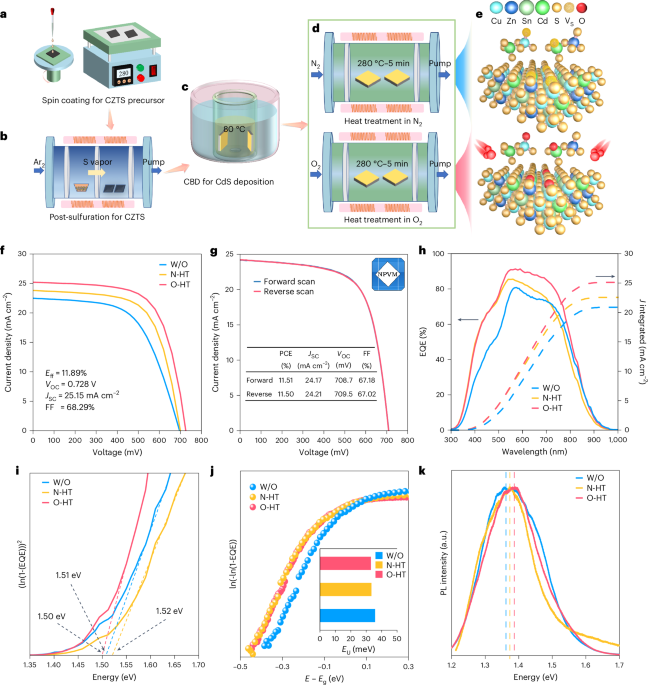Quantifying the Impact of Cathode Composite Mixing Quality on Active Mass Utilization and Reproducibility of Solid‐State Battery Cells
Advanced Energy Materials, EarlyView.

The origin of variations in solid-state battery cell performance is explored and traced back mainly to the cathode composite mixing – leading to different fractions of electrochemically active mass. Machine-mixed composites and the quantification of the electrochemically active mass enhance reproducibility and comparability. A detailed cell assembly protocol as well as guidelines for the interpretation of capacity data are presented.
Abstract
Research into the development and understanding of solid-state batteries often relies on pelletized press cells due to their comparative ease of use. However, these model cells are prone to comparability and reproducibility issues. This study examines the extent to which the cathode composite preparation influences the cell performance of a reference system comprising LiNi0.82Mn0.07Co0.11O2 as the cathode active material, Li6PS5Cl as the solid electrolyte, carbon nanofibers as the conductive additive, and an indium–lithium foil anode. The cathode composite is prepared either via hand mortaring or in a mini vibrating mill. The mixing process is found to be critical for the reproducibility of cell performance and accounts for many of the discrepancies observed in the capacities of different cells made with identical materials and following the same cell assembly protocol. The open-circuit relaxation method is implemented to quantify active mass utilization in the cathode in situ, which depends on the mixing process and correlates with the cell performance. This approach allows for a quantitative differentiation between static and kinetic capacity losses during the discussion of specific capacity values. The results demonstrate the significance of cathode composite mixing and the necessity of quantifying the mixing quality for reliable electrochemical data acquisition and interpretation.











































































































































































.png)






